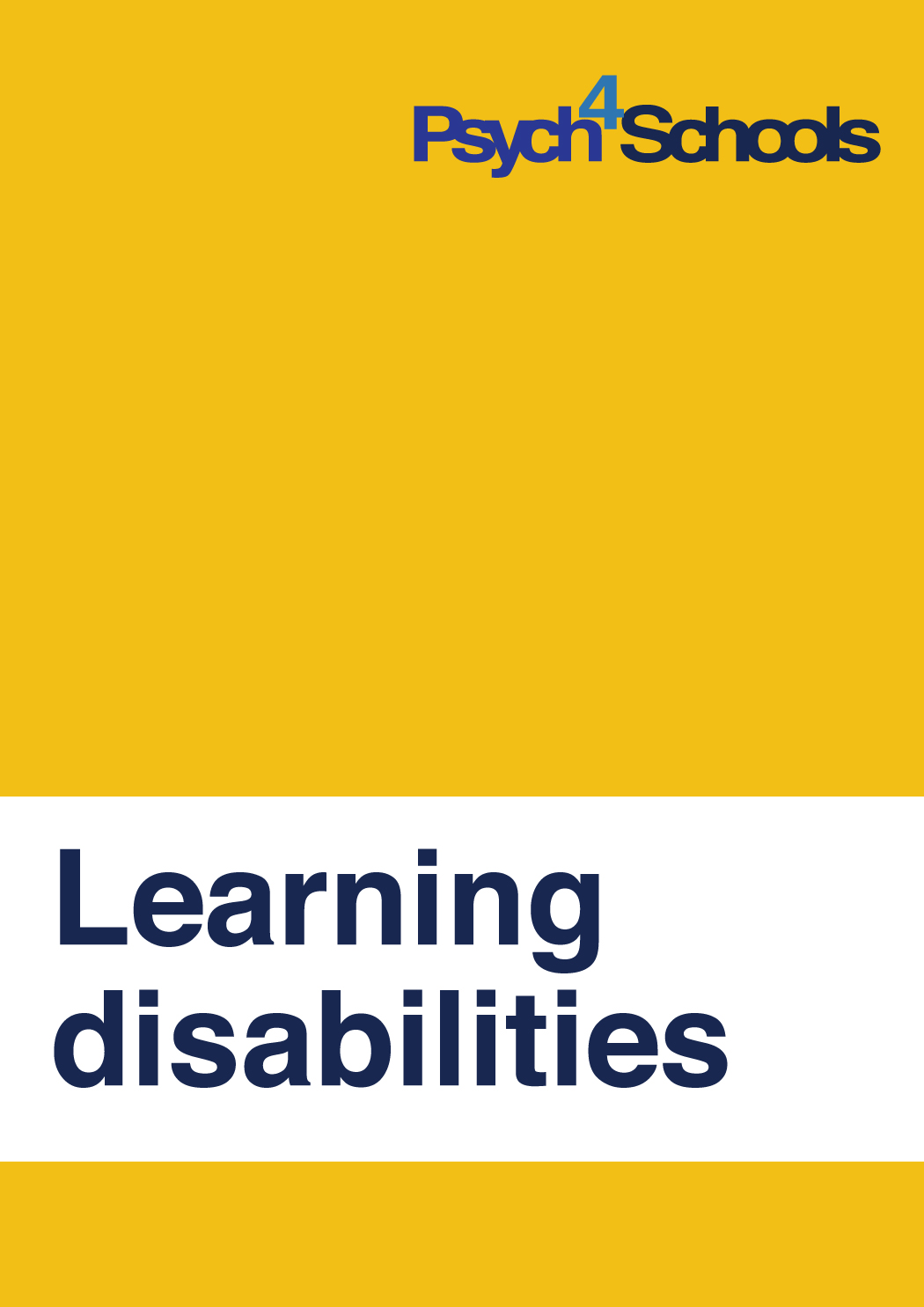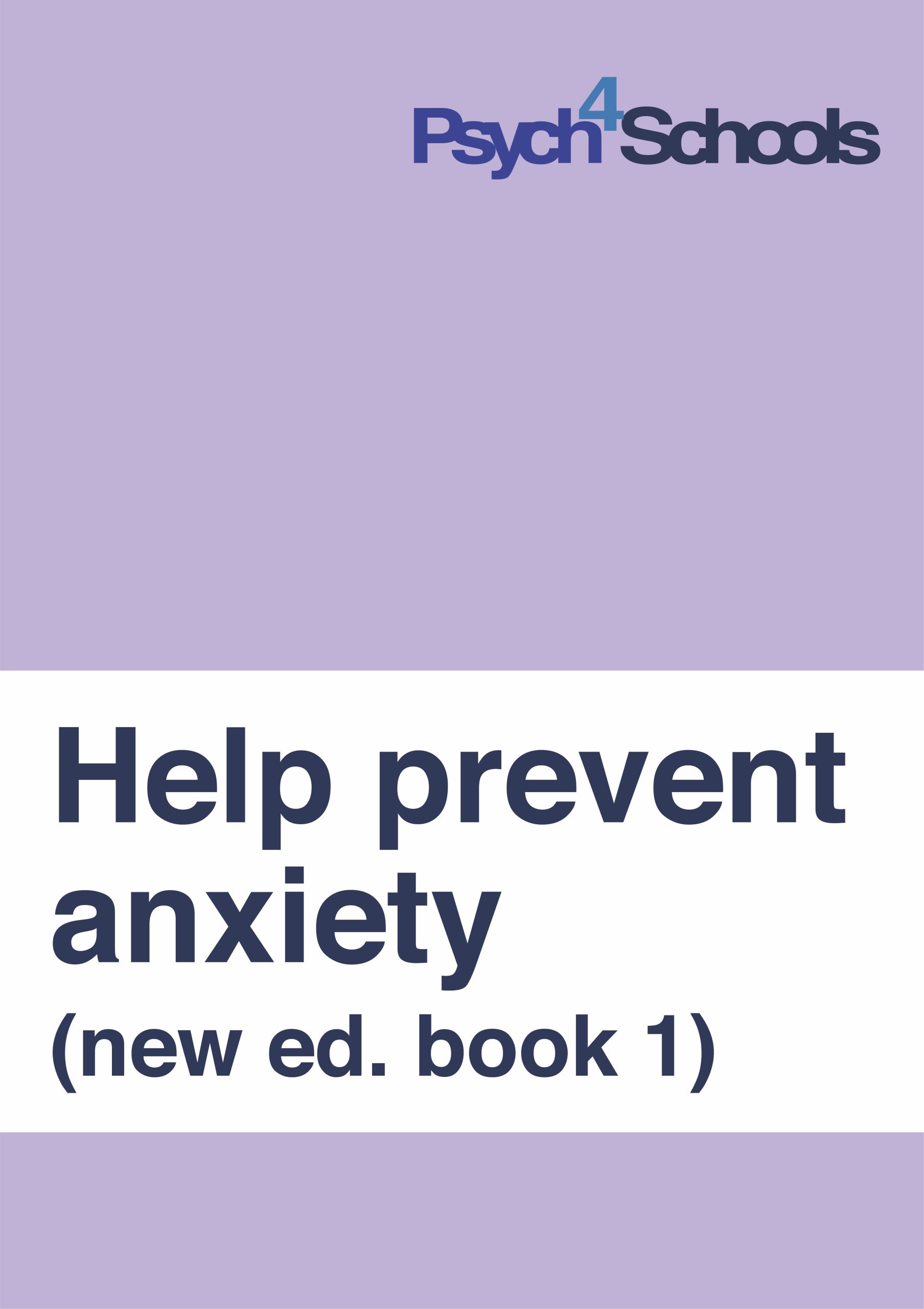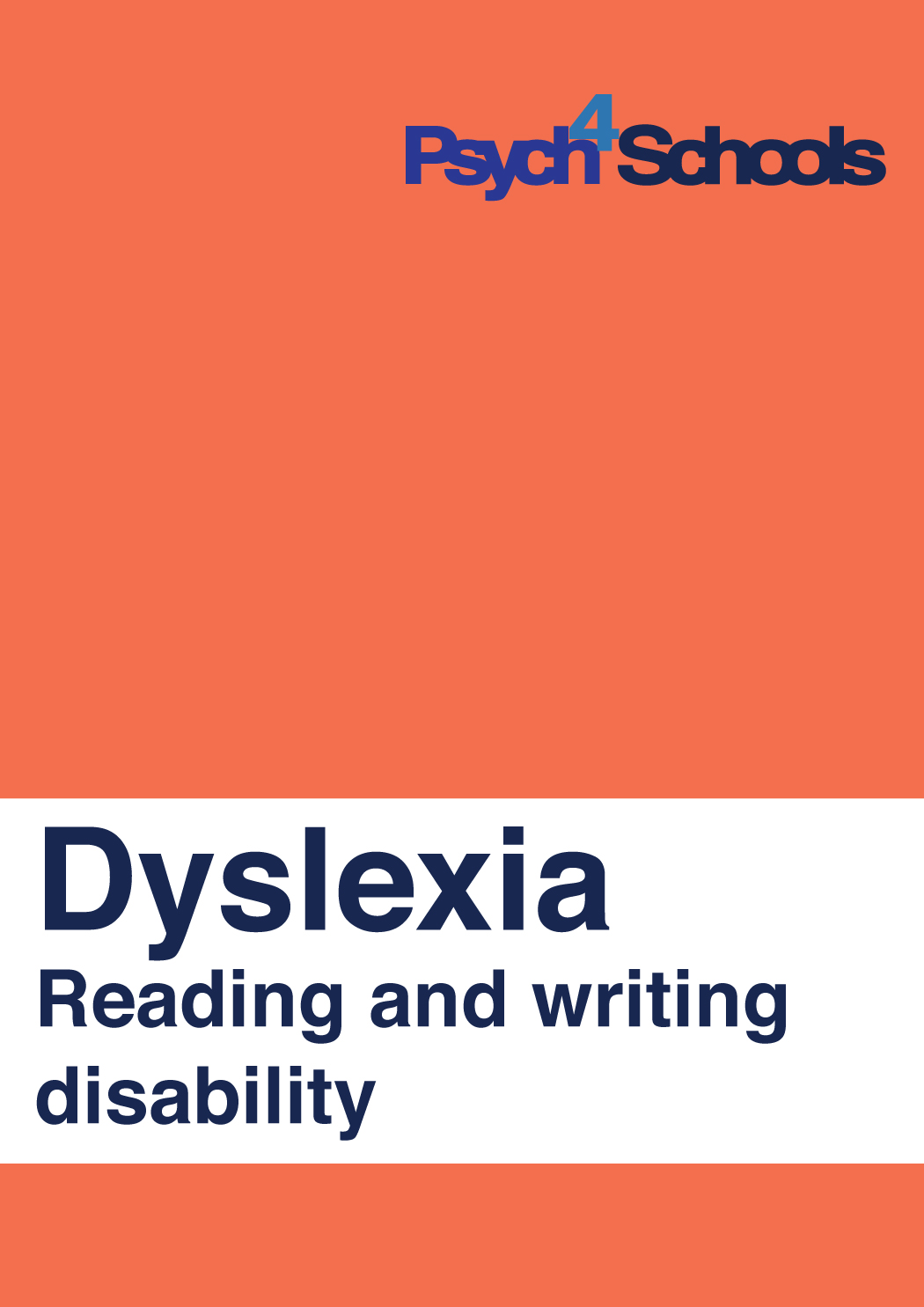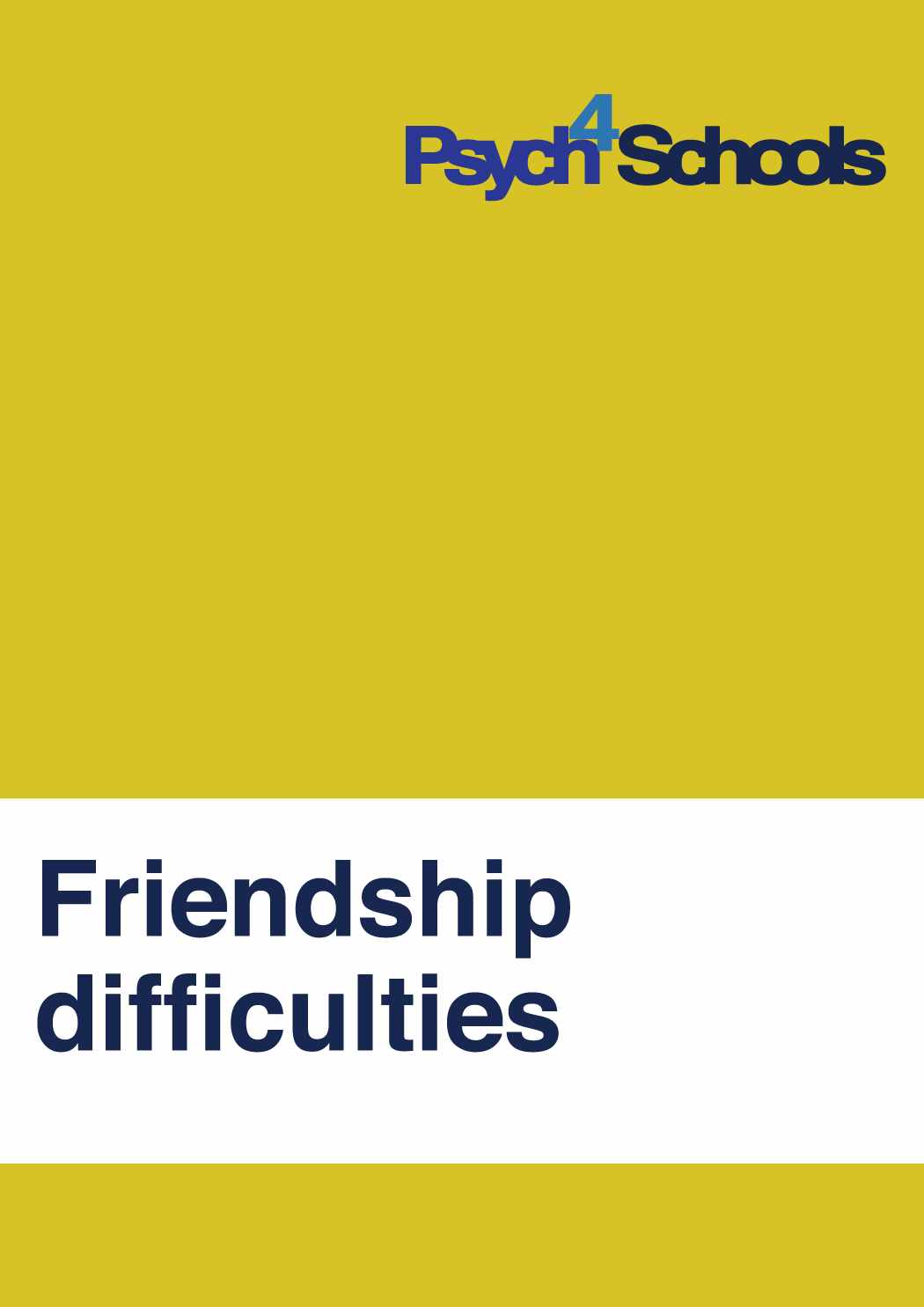Behaviour support and student management
Use the following strategies as part of your general teaching practice or more formally in student's individual learning plans, behaviour support plans, or whole school management plans.
Introduction
Behaviour support and student management are key aspects of teaching and learning. Teachers and other school professionals are constantly required to respond to challenging, difficult or emotionally ‘needy’ students on a day-to-day basis. The following strategies can be used as part of general teacher practice or more formally through the establishment of individual learning plans, behaviour support plans, student management plans or whole school management plans.
For guidelines, templates and more information on writing behavioural support plans, created by the Victorian State Government, Department of Education and Training, click here.
Behaviour support strategies
The following strategies are excerpts from the behaviour support resources avaiable to members. To view the full list of strategies is available to Psych4Schools members. Not a member? Join today.
The topics include:
- Strengthen relationships with emotionally ‘needy’ students
- Strengthen the classroom and wider school environment
- Build resilience and problem solving
- Anxious or worried students
- Angry, upset, aggressive or violent students
- Bullied students
- Students who bully or tease others
- Basic needs are not being met (sleep, diet, exercise, safety)
- No friends or few friends
- Alcohol and drug use by a student
1. Strengthen relationships with emotionally ‘needy’ students
| Student strategy. Build self-help behaviour. |
| Purpose. To ensure the student can talk to a trusted teacher or adult at the school if feeling scared, sad, lonely, upset or unsafe. |
| Action. Have a ‘communication box’, use email, Edmodo, or similar communication tool so the student can write to their teacher. Most students find it helpful to then have a further opportunity to discuss concerns privately with a teacher, or as part of a small group. |
| Student strategy. Practice saying 2 or 3 positive things, before reporting on a negative. |
| Purpose. To regulate thinking. ‘Needy’ students tend to anticipate negative outcomes. Their thinking frequently defaulting to worst-case scenario, which distorts their thinking, memory, feelings and actions. |
| Action. Teachers: ‘Catch’ the student doing well, or thinking positively or logically. See Resilience: What you think determines the way you feel. |
2. Strengthen the classroom and wider school environment
| Teacher strategy. Identify a student’s frustration cues, known triggers and use previous experience to avoid, reduce or minimize problem behaviours. |
| Purpose. To identify warning signs in order to react quickly and effectively and reduce the likelihood that the student will display or maintain challenging behaviours. |
| Action. Does the student act in a predictable way prior to problem behaviours arising, or react to specific events such as tests, other students’ comments, or loud noisy learning environments? Identify those issues and what is effective for that student in terms of preventing, reducing or modifying the situation, to help reduce problem behaviour. |
| Teacher strategy. Organise workshops or publish articles in newsletters for parents |
| Purpose. To educate parents on common issues of concern. This also helps to reduce teacher time in meeting individually with parents to discuss common concerns. |
|
Action. Run a night-time seminar for parents by a teacher, school psychologist, or external expert on ‘Helping children and adolescents make and keep friends’ or ‘How to help children and adolescents with anxiety and depression’. For more information see the Psych4Schools ebooklet on Working with helicopter parents. |
3. Build resilience and problem solving
| Teacher strategy. Spend a few minutes each day teaching social communication with the class. |
| Purpose. To assist the development of age appropriate social skills. Social communication activities for 5 minutes a few times per week, with the whole class, can be more effective than a separate program. |
|
Action. Use a quick exercise from a social skills program each day, such as Bounce back or Friendly Schools and Families or pose a question such as ‘What could you do if your best friend doesn’t want to play with you today?’ Have students discuss in pairs or small groups and report back to the class. |
| Teacher strategy. Teach short simple relaxation or calming techniques. |
| Purpose. To teach students how to calm themselves. |
| Action. Teach specific strategies such as taking three deep breaths, counting backwards slowly from 10, slowly thinking or softy saying ‘relax, relax, relax’ or getting a sip of water from the outside taps, before returning to a designated ‘calm area’ of the classroom or home room.
The Smiling Mind website offers free short online relaxation audios for all ages. Relaxation scripts are also available to Psych4schools members. |
4. Anxious or worried students
| Teacher strategy. Use confident language to help reduce student anxiety. |
|
Purpose. Use language confidently to establish and maintain a trusting relationship and decrease anxiety. A student who trusts others such as their teacher are more likely to share their concerns and talk openly about unresolved issues or concerns. |
Action. Confident language that reduces anxiety includes:
Note: There are always more senior or specially trained professionals who can follow up on a student disclosure about an issue of concern. If a student discloses information that indicates the student is at risk of or is experiencing significant harm or abuse, then follow through with mandatory reporting as required. See Reporting child abuse: A guide for teachers. |
| Teacher strategy. Model and speak about worries as problems that will pass, or that can be solved. |
| Purpose. To adopt a proactive problem-solving approach that teaches the student to reframe worries. It can be empowering for the student to see worries as something they can solve through effort, planning or help from others; or to realise that in some cases, worries will just pass with time. |
|
Action. Share your own (appropriate) worries aloud in class. For example if you forget how to spell a word when writing on the board, you might say, ‘Oh, no I’ve forgotten how to spell, ‘predicament’. How embarrassing. What can I do about it? I can ask someone. Does anyone know how to spell predicament? No, okay I can look it up. Okay great, that wasn’t so bad. It’s spelt, pre/dic/a/ment. I’ve got it and it wasn’t that embarrassing.’ |
5. Angry, upset, aggressive or violent students
| Teacher strategy. Use gentle interventions, on a continuum, to enlist cooperation. |
| Purpose. To enlist co-operation. The student may believe they have, or may have, endured ‘harsh’ or inconsistent treatment by authoritarian figures in their life. They can react in an oppositional manner, blaming others and not taking responsibility for their reactions. They respond best by ‘not being cornered’. Choose language wisely. |
|
Action. Use a non-hierarchical approach that demonstrates to the student a commitment to fair and reasonable treatment. For example:
|
| Teacher strategy. If the student is violent, act on duty of care obligations to all students and yourself. |
| Purpose. To ensure the safety and wellbeing of all students and yourself by exercising your duty of care obligations and occupational health and safety responsibilities. |
| Action. Calmly direct the class to stand and quietly leave the room and to assemble at a pre-determined area or buddy teacher’s classroom. Immediately inform the principal of your actions and ensure one or more staff members keep the student who is being violent safe and in view.
If the student is making serious threats of imminent violence, a senior staff member should call the police and child’s parents immediately if necessary. |
6. Bullied students
| School strategy. Implement and enforce a no-tolerance bullying policy. |
| Purpose. To prevent bullying by enforcing a no-tolerance policy to social rejection, teasing, bullying, harassment or discrimination. |
Action. Ensure the policy includes processes to identify instances of bullying (including listening to students and parents), and a rule that requires bystanders to report bullying and other unacceptable behaviour. For example,
|
| Teacher strategy. Talk with a bullied student to help build self-awareness, peer acceptance and resilience. |
| Purpose. To encourage self-awareness and promote positive coping skills. |
|
Note. This strategy must be handled selectively and sensitively. There is no excuse for bullying, and the school must not tolerate it. The targeted student must not feel they are to blame if bullied. If appropriate the targeted student’s parent could be involved for issues such as poor personal hygiene or to assist in reinforcing positive coping strategies and building resilience. Action. Work with another teacher or school professional, to explain to a bullied student that there may be things they can do to build peer acceptance. Discuss things that detract from greater peer acceptance such as poor hygiene, reacting to name-calling by lashing out, crying, yelling or throwing things, frequent complaining, constant calling out in class, dominating games or discussions, being a poor loser in games by screaming out frustrations or angrily walking off mid way through a game and deliberately kicking the ball over a fence to spoil the game for others. Talk with the student about empowerment. While schools are making rules and encouraging bystanders to use assertive ‘power’ to help stop bullying, at times the targets of bullying may be able to change the way they react or respond to bullying, which can help it to stop. Discussion points may include:
|
7. Bullies and teases others
Serious cases of bullying and crimes such as cyberbullying, assault or the use of weapons should be referred to the principal. The principal must take action in accordance with Federal and State laws, education department or governing authorities state wide procedures and the school’s code of conduct.
| Teacher strategy. Challenge aggression, intolerance, and harassment. |
| Purpose. To assist the student to recognise and clearly understand that some attitudes and associated behaviours are not acceptable at school and in the community. |
| Note: A student may be influenced by attitudes of family and friends that are not in line with the school and the community.
Action. Remind the student that ‘put downs’, unwanted verbal remarks, name-calling, and insults are bullying behaviour that will not be tolerated. Indicate the consequences for continued bullying such as a warning, reflection sheet, restrictions on play area, detention or suspension. Implement a consequence that fits the circumstances and monitor the student. Ask the student if people in their family use bullying as a means to get their own way, or solve problems?’ If not, where have they learnt this unacceptable behaviour? (e.g. older siblings and their friends? family friends? media? other sources?) Have the student identify the school values that are not being reflected by their words and actions. A good metaphor for these discussions is rules of games. For example the school rules may differ from those at home, just like the rules for football are different to those for tennis. |
| Teacher strategy. Implement a kindness program. |
| Purpose. To promote values of kindness, acceptance and appreciation by promoting ‘connectedness’ with others and pro social behaviour. |
| Action. Students initiate at least one act of kindness towards a person at school and home each day (or week). Consider rotating kindness recipients to ensure all students are treated positively. For kindness activity ideas and free lesson plans at the Random acts of kindness foundation. Acts of kindness at home could be established from the beginning of the school year or beginning of term as a weekly ‘homework’ task. |
8. Basic needs are not being met
| Teacher strategy. Intervene and provide assistance to students who regularly do not have enough sleep, have an unhealthy or inadequate diet or are unclean. |
| Purpose. To ensure the student’s wellbeing and learning capabilities are not being negatively impacted on by unmet physiological needs. (This is a key area to consider when a student is struggling in the classroom).
Ensuring the student’s physiological needs are met is usually something the school can, with a little creative thinking, partnering with parents, and/or resources from an external agency such as Good Shepherd or State School Relief Fund (Vic only), can assist with. Once addressed the positive impact on learning is often significant. |
|
Action. Provide sleep or a rest period, food, clothing, access to showering where possible and if needed, with parent permission treat the student’s hair for nits and lice. Note, there may be a small group of students in the school who all need to be treated regularly for nits. If the child is regularly coming to school tired, from late bedtimes or midweek ‘sleepovers’, the student may need to be picked up by a parent to go home to sleep. Ensure parents understand that students require 8 to 12 hours sleep depending on their age. |
| Teacher strategy. Establish an ‘at risk’ program by linking an additional teacher to the student. |
| Purpose. To help build rapport, responsibility and trust by having the student assist another staff member (e.g. physical education or art teacher, deputy or assistant principal or school maintenance officer) with tasks once or twice a week. |
|
Action. The teacher or trusted adult meets with the student once or twice a week for 10 minutes or so on a consistent basis on a term-by-term basis to help with school based tasks.All staff involved with the student should maintain a consistent approach and communicate regularly with each other. |
9. No friends or few friends
| Student strategy. Complete the Psych4Schools Making friends questionnaire (Year 3 – 8) |
| Purpose. To assist the student to identify strengths and areas they can develop to improve peer acceptance and friendships. |
|
Action. Assist students in Years 3 to 8, to complete the Psych4Schools Making friends questionnaire highlighting statements or phrases to identify areas they believe they need to work on. With the student, nominate 1 – 2 areas they will focus on during a 3 – 4 week period. Support the student by suggesting how one or more goals might be best achieved. Help keep goals realistic and achievable. One or two short weekly or fortnightly reviews with the teacher can clarify and reinforce targeted behaviours to help effective change to occur. Meetings should be encouraging with a focus on personal growth rather than causing the student to be embarrassed. |
| Student strategy. Teach the students how to handle social rebuffs and rejection. | ||||||||||||||||||||
| Purpose. To provide the student with strategies to assist self-confidence improving the likelihood that they will try again, rather than give up after social rejection. | ||||||||||||||||||||
|
Action. Many students ‘give up’ after the first rejection or ask a closed question that can be responded to with a simple, ‘No, you can’t play!’ rather than making an ‘open’ assertive statement or assertive action which improves the chances of being included in games or social situations. See table below for examples:
As an additional activity, have groups of students brainstorm in writing typical issues that could confront them or others. Use the table headings above to produce wall charts to share with the class and classes across the year level. |
10. Alcohol and drug use by students
School approaches to drug and alcohol use or possession must have the health and safety of the student, and the school community as the primary concern. Around 74% of Australian secondary school students have tried alcohol at least once, and 42% have tried tobacco by the time they turn 17.[1] Illicit drug use is less common with 2-3% reporting using drugs such as cocaine, ecstasy, amphetamines or heroin.[2] However research indicates that adolescents, like adults tend to underreport illicit drug use even when they know results are confidential.[3]
| Principal strategy. Ensure all members of the school community are aware of school policies and state and territory laws. |
| Purpose. To implement an effective whole school approach to management of drug and alcohol issues. |
|
Action. Implement education department or governing authority guidelines for intervening and managing drug and alcohol related incidents at school or within the school community.Principals are ultimately responsible for implementing policy, and procedures for managing drug-related incidents in schools. They must ensure that school rules and consequences regarding the use and possession of legal and illegal drugs and alcohol at school, and school functions are in place, and well known by students, staff, and wider school community.
Overview of current national drug policies and programs on The Department of Health.. |
| Teacher strategy. Initiate conversations and referral to school counsellor/psychologist or trusted teacher for a student you suspect is using or at-risk of using drugs |
| Purpose. To offer appropriate and targeted support to the student. |
|
Action. Speak with the student privately.
|




